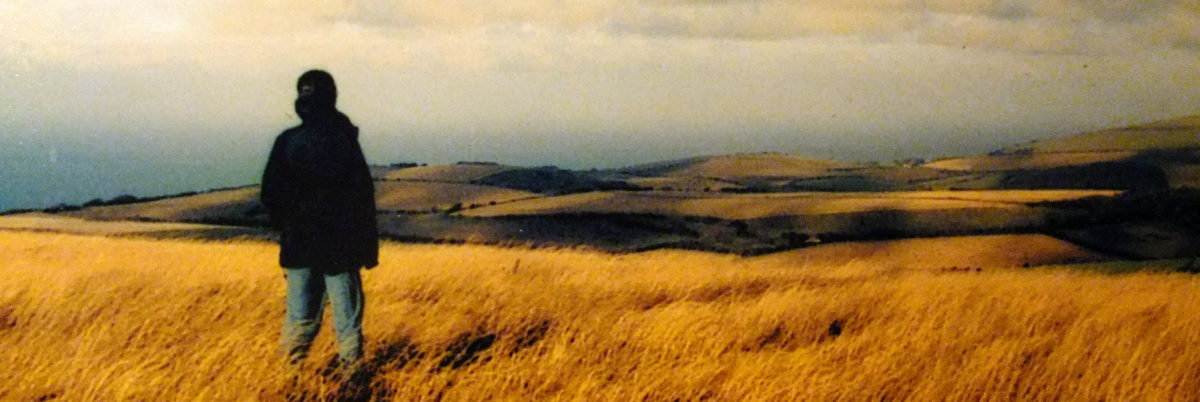
With my face tilted into the fresh autumn sunlight and my poles in my hands, I gazed toward the mountains. Mt. Kazbek loomed high above me, its snow-covered peak shining with light. Before it, rooted on a rocky promontory, stood Gergeti Trinity Monastery whose church had lifted its tall steeple in this place for over six hundred years.
I was traveling with friends through Georgia, a beautiful small country on the Black Sea with the stunning Caucasus Mountains slicing it into many valleys and languages. One day we walked from the village at the foot of Mt. Kazbek through woodland and meadow to the Gergeti Monastery. It was a breathless climb up the slope to the church where expansive views lay before us–from the small town below to the rim of mountains that surrounded us. We entered the church and looked in awe at the icons covering the walls, saints whose steady gaze held our own, offering us a bridge to the Holy, inviting us into an experience of God.
Every day we walked. Some days our goal was a crumbling fort or a distant alpine lake. Another day our destination was an isolated, abandoned church where the stone cross still hung above the altar space, and where I could imagine prayers and incense lingering among the half-broken walls. We trekked through the mountain landscape, past grazing cattle and their herders, through steep, forested hills and high, grassy meadows. We clambered across rocks, waded streams, and had lunch by hidden lakes.

The mountains, I discovered, were inviting me into an experience of the Holy. The Celtic tradition describes the world of nature as “God’s other book.” Written in God’s inimitable handwriting, the icons of nature were inviting me to a grand arms-outstretched “Yes!”
I realized that I was a pilgrim, that my walking was pilgrimage. Most religions recognize and encourage pilgrimages to the holy sites of their tradition. Pilgrims bring to their journey a desire to grow closer to God, a quest for spiritual deepening. Whether the goal is circling the Kaaba in Mecca, praying at Jerusalem’s Western Wall, visiting the place where the Buddha died, or walking the Camino in Spain, the journey itself is a sacred one.
There is a blessing for the pilgrim in reaching the holy site, but the inner transformation is actually happening all along the way. Each step renews the pilgrim’s desire to open to the Sacred; each step subtly invites the pilgrim’s heart into deepening.

Whether my intent was to reach a mountain view, an ancient fort, or a church, the gift of the walking came as I was open and alive to all around me. I treasured the wonderful variety of my fellow travelers, their adventurous persistence in walking, their laughter, and their questions. I drank in the richness of “God’s other book,” the jutting shafts of rock, trees beginning to turn color, rippling grass, and cascading streams. The present moment filled me, the contemplative moment of “Here, now, this, yes.”
A pilgrim returns to daily life, and I have returned to my home. The gifts of the journey are lived out in daily life. I wonder how I can continue being awake to the miracle of “God’s other book” when around me are only familiar hills and fields. Can I remember to pause and see them, drink them in? My home life is busy with schedules and responsibilities. Can I pause and attend to the beauty at the heart of the familiar people who share my everyday life?
We are all called to be pilgrims who are transformed through the journey. We don’t need the exotic and new for transformation. Our everyday journey is an invitation into the Holy, perhaps the most challenging pilgrimage of all.

